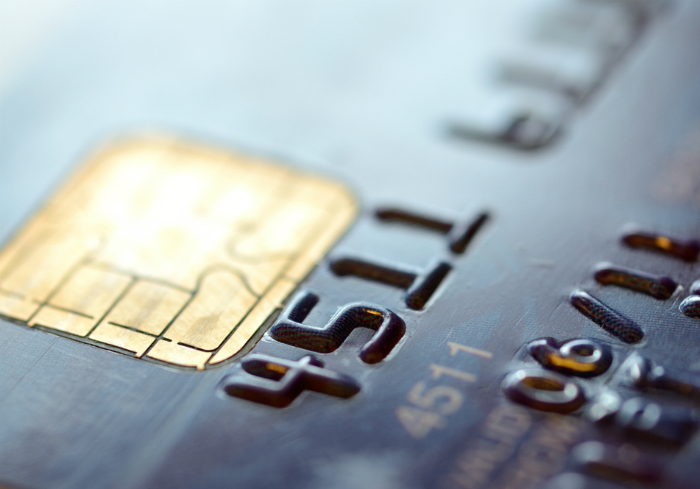
Here we are, with just under a month to go till the EMV liability shift hits — and U.S. merchants still have a lot of catching up to do. The time for adoption is now, says one Oberthur VP, who shares insight into how other nations made the technological leap, quickly and adroitly, in their own styles (even decades ago).
With all the headlines swirling over the state of U.S. readiness to adopt EMV by the October deadline, it may seem like there’s plenty of time – or no time at all – to make the leap to the new technology. Depends on where you stand in the transition. For too many merchants, the time to adopt EMV is now.
Oct. 1, of course, is the “liability shift” date wherein merchants and acquirers must shoulder the blame and financial costs of card fraud that could otherwise have been prevented with EMV. And though the act of installing a terminal that can read EMV cards may seem a simple one, the sheer fact that many businesses in the U.S. have dragged their feet speaks volumes about the “market driven” approach, according to one payments industry insider.
As Philip Andreae, vice president of North America field marketing efforts and payments at Oberthur Technologies notes, this late stage adoption of EMV comes at a time when the rest of the world – or at least almost the rest of the world – has been solidly at home with EMV and has in fact been using it for years. Cards with magnetic stripes may seem positively quaint next to cards that have chips to store and protect cardholder data.
To illustrate just how far back the European institutional memory with chip cards goes, Andreae says that his own work with the technology stretches back to 1991, with Europay International, now a MasterCard division. Studies conducted by Europay showed the impact chip cards could have on fraud – one high enough so that scarcely a year later, France was done with a transition that had roots stretching back to 1984. That Europay team then began drafting standards in the United States beginning in 1993 that led to the first workable version of EMV (an acronym of the participating companies’ first letters of their first names) three years later.
Reflecting on the movement beyond U.S. shores to embrace EMV, the Oberthur executive says that “some countries took up the banner” and pushed through principles, tech standards and timelines to adoption that were in part tied to technology already in place, especially as depended upon telecom systems (sophisticated or otherwise). “All [of these countries],” according to Andreae, “were motivated by the goal set by the founders of EMV to address – some would say eliminate – the threat of counterfeit and lost/stolen card fraud.”
But in technology directives, as in clothing, one size almost never fits all. As Andreae observes, approaches to the EMV adoption “tended to mirror countries’ politics, economics and sociology” so much so that some directives were “tyrannical” in nature, while other nations urged a “sense of public spirited cooperation” or even incentives for adoption. Key to all nations’ efforts was, as termed by Andreae, a carrot and stick approach. Regardless of PIN or signature structures, someone got, and gets, a carrot or a stick. “A liability shift, for example, is a stick for merchants and a carrot for issuers,” says Andreae. One case in point of a public campaign: The liability shift in the United Kingdom a decade ago that was accompanied by a “Love your PIN campaign,” aimed at the consumers. In another example, the central bank of Malaysia pushed the shift quickly to EMV (also a decade ago) to root out and defeat what the Oberthur executive says was rampant fraud. Now, he notes, as much as 95 percent of all criminal activity tied to transactions has fled to neighboring countries.
For the U.S., where of 1.2 billion cards only 30 percent today – growing to ~50 percent by year end (with only ~25 percent of terminals in the country EMV compatible now or by years’ end), the shift is a greenfield and the time is now, according to Andreae.